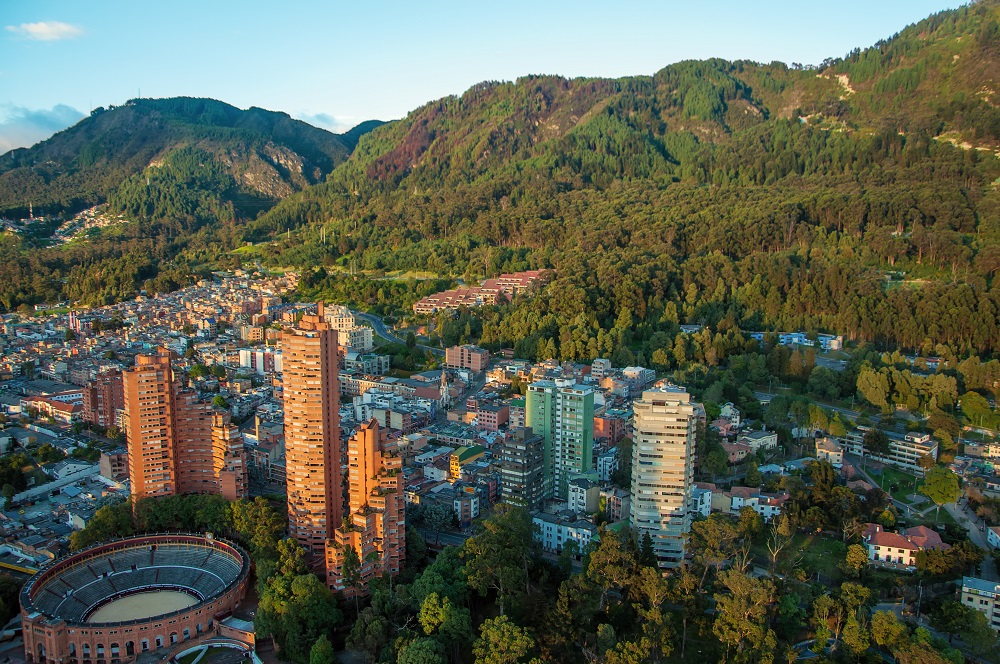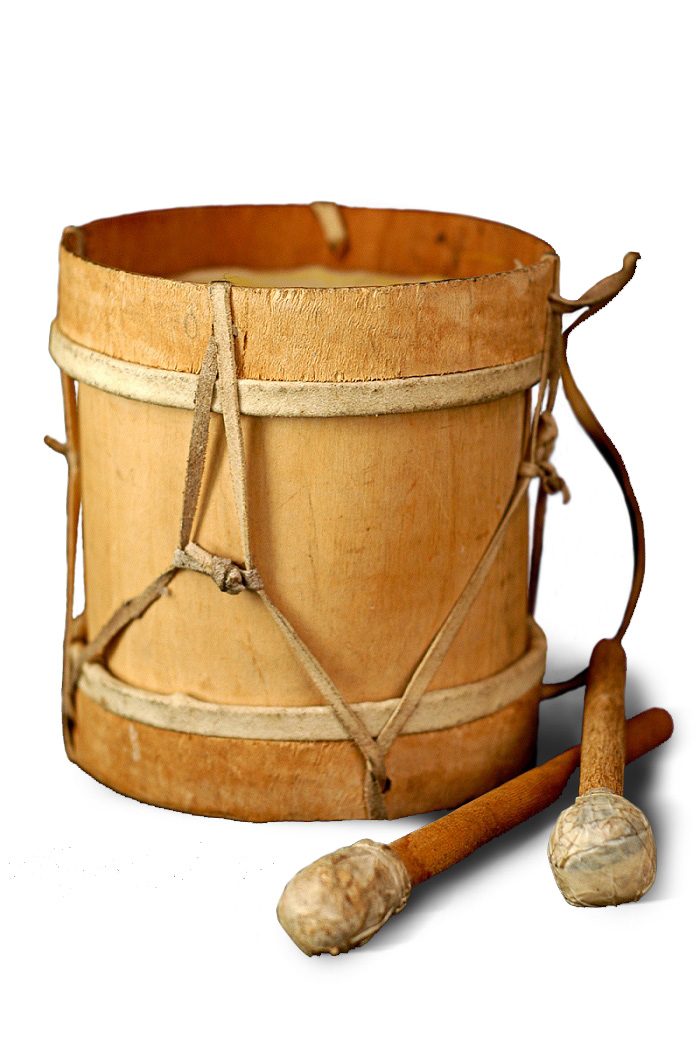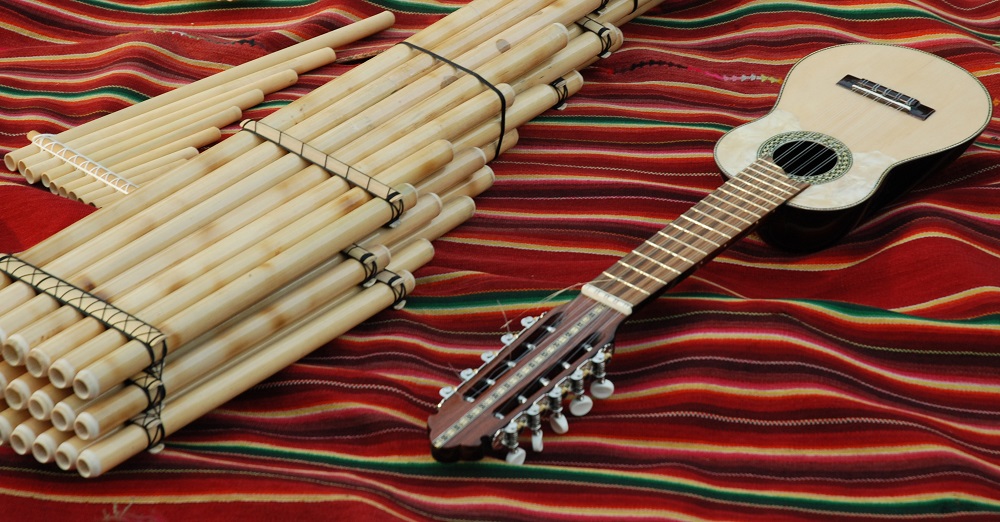
The Voice of the People I
Vernacular Genres in Latin America
As in other parts of the world, much Latin American vernacular music has traditionally been used to mark holidays, enliven repetitive or physically demanding work, celebrate national identity, and express other aspects of the human condition. Given Latin America's turbulent political situation, the region has sustained a strong tradition of protest singing, especially in the twentieth century. A discussion of just a few of these vernacular genres will give us an idea of the constant interplay between Amerindian, African, and European musical influences. We'll also see how some vernacular genres were taken up by composers of concert music.
In an era of Muzak and globalization, finding any type of traditional music in its original performance context may be challenging. One category of vernacular music that has been fairly well preserved is a product of the Spanish, Portuguese, and African influences in the region. Spanish songs have survived well into the twenty-first century in Chocó, a state (departamento) in the Colombian Pacific coast rain forest. The alabao, for example, is sung to celebrate Christian saints, sometimes with percussion, reflecting the African descent of many Chocó's inhabitants.
In the isolated sertão (hinterland) of Brazil, some Portuguese-influenced songs were being sung well into the twentieth century. Another genre that reflects musical change is the villancico, which has a long history. Though in Spain the villancico can simply be a "rustic song," in Latin America it is likelier to be a Christmas carol, often a solo song with instrumental accompaniment. Perhaps more common are aguinaldos (the word means "gift" or "Christmas box"), traditionally sung in serenades, much the way Christmas caroling is done in the U.S. and Great Britain. Of course, Christmas music in Latin America today is likelier to be heard piped in through the PA system at malls such as Buenos Aires's Galerías Pacíficas or any of Bogotá's centros comerciales (malls). It will likely be the same music used in the U.S. to entice shoppers at holiday time.
Other vernacular genres reflect the artificiality of many of the post-independence political borders. Although the mestizo huayno (pronounced "wino") is often associated with Peru, the huayno can also be heard in Bolivia, Ecuador, northern Chile, and northern Argentina. It is believed to have originated during the Incan period. A couple or circle dance involving partners, the huayno is sometimes performed as a scarf dance with a good bit of foot-stamping. The traditional accompaniment consisted of harp, guitars, bombo (bass drum), and charango (a small string instrument of the lute family).
More recent huaynos use panpipes, saxophone, accordion, and even electric guitars. The lyrics, sung in Spanish, Quechua, or both, are often about love. The huayno may end with a section called a fuga, which repeats the piece at twice its speed. Initially associated with the mountains (one commentator calls the huayno the "Hillbilly music of the Andes"), it is now performed in cities. In the 1940s, the huayno began to be recorded, which helped the genre to remain popular for decades as the music of the large underclass.
Composer: 0
-
"La Pasoria Huaracina - Quisiera Olvidarte"
Another couple dance is the Venezuelan joropo, which has lively and often complicated rhythms. Rather than participate in a coordinated group choreography, the couples perform independent steps.





'Anti' is the likely origin of the word 'Andes', Spanish conquerors generalized the term and named all the mountain chain as 'Andes', instead of only the eastern region, as it was the case in Inca era.








